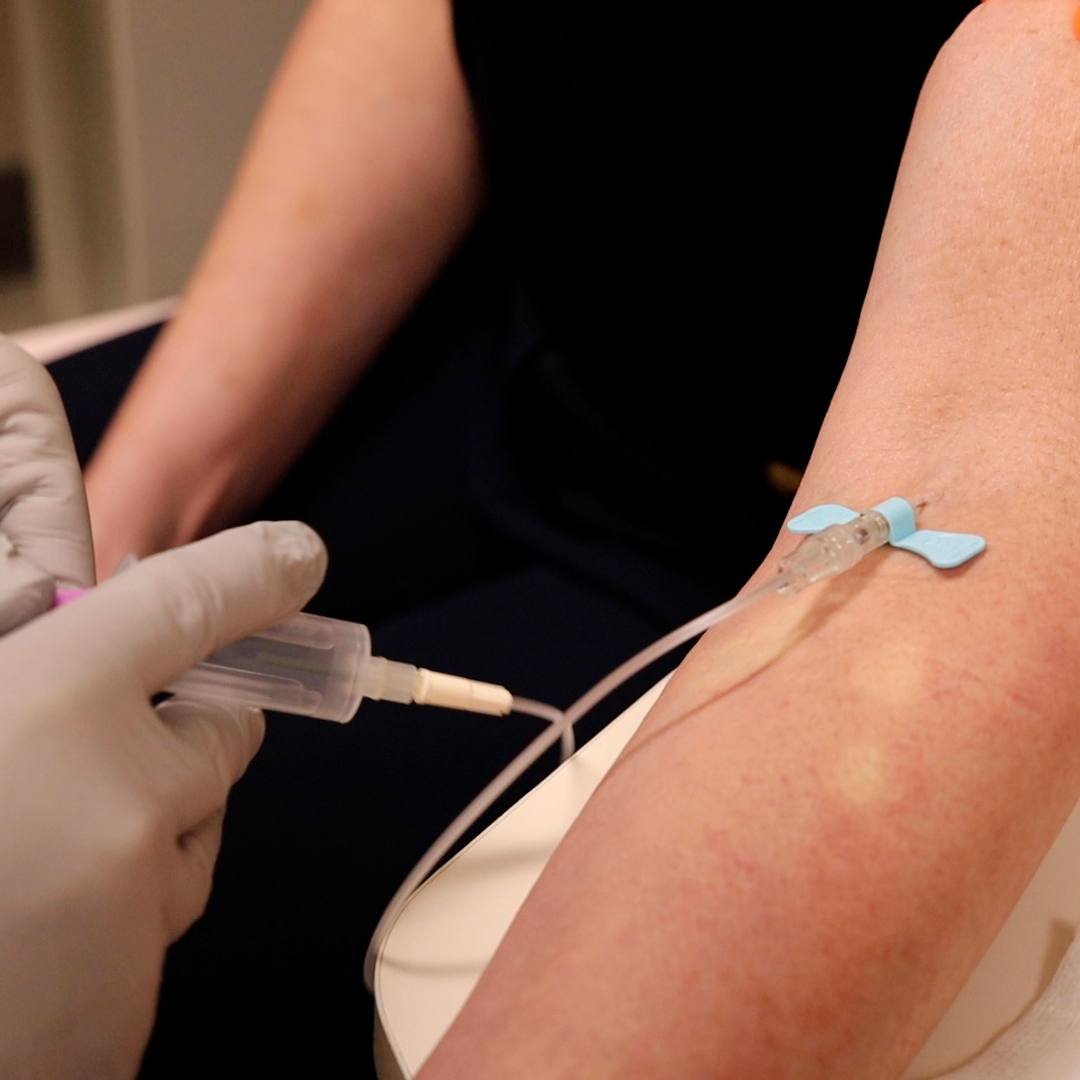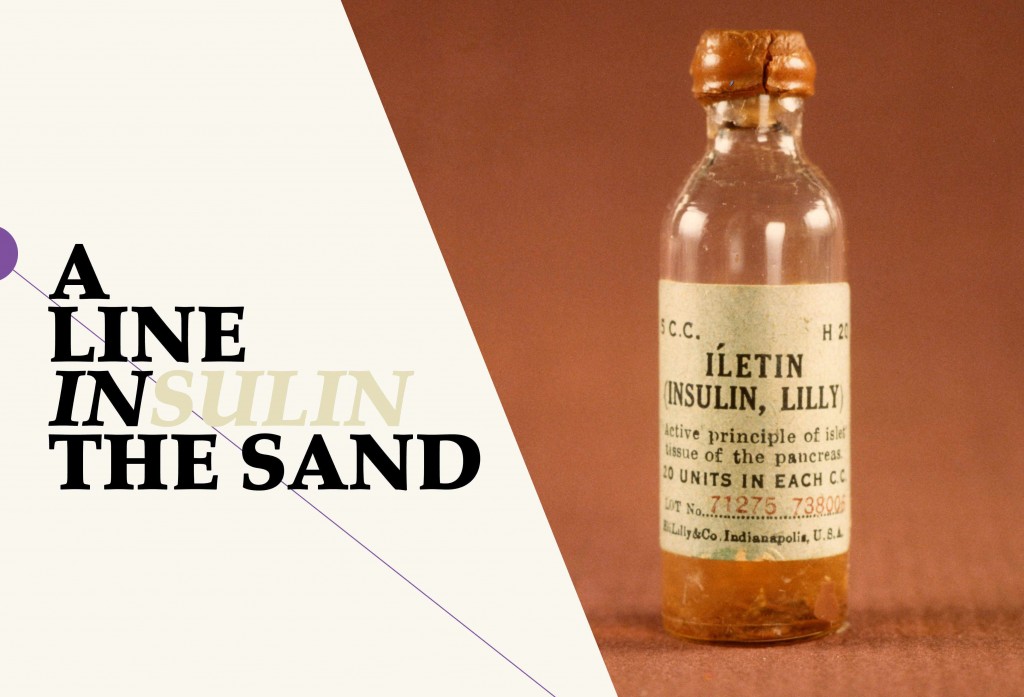-
Health & Wellness
A Line in the Sand – Mayo Clinic’s Role in Early Insulin Research
A Line in the Sand - by Bob Nellis
Early in the 20th century, a desperate group of patients began appearing at Mayo Clinic in the hope that the specialists there could keep them alive. Mostly children and younger adults, they had been afflicted with a condition that only years before would have been a death sentence — type I diabetes.
Doctors at Mayo, led by endocrinologist and researcher Russell Wilder, M.D., and a handful of other centers across the country had found a drastic, but feasible method of saving many of them from this deadly disease. Dr. Wilder and his colleague, Walter Boothby, M.D., had formulated a special ketogenic diet.
Read the rest of the story on Advancing the Science.
Related Articles

Health & Wellness

Health & Wellness

Health & Wellness





